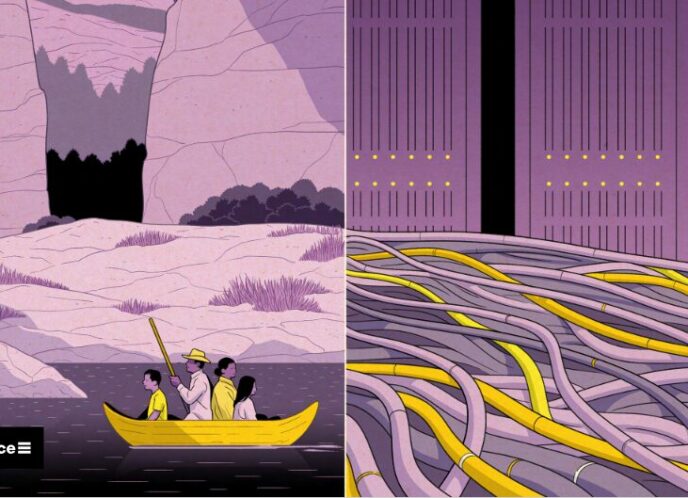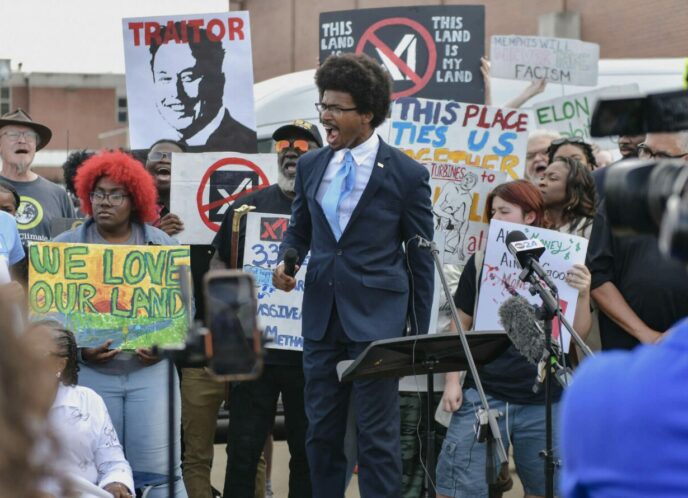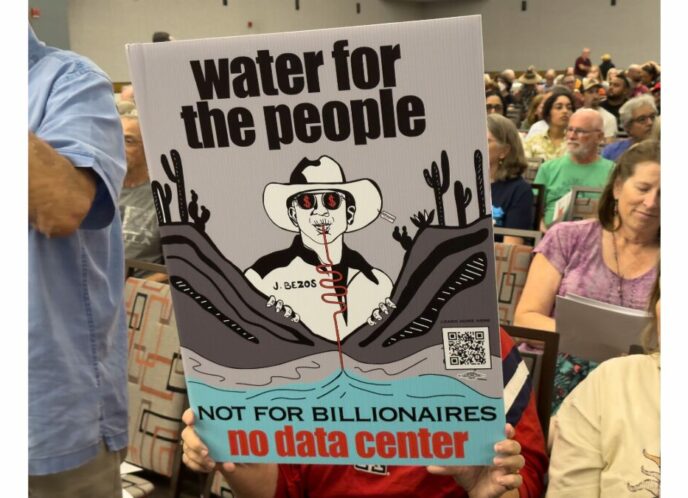The news is full of the lack of news. Everywhere pundits, commentators, and academics mourn the death of the crusading journalism of the fourth estate. My own organization, Media Alliance, was founded in 1976, in the heady days following the Watergate scandal that ended a presidency.
Movie stars Robert Redford and Dustin Hoffman portrayed the Washington Post reporters who tracked an obscure break-in to the upper reaches of the White House. The film now seems like an antique, a dinosaur in an age when the off-the-cuff comments of long-time White House correspondent Helen Thomas garner more attention than her interrogations of presidents.
We've journeyed a long way and everybody wants to know what happened.
Inevitably, somebody does a study. Many studies, in fact. The Pew Center, The Institute for Interactive Journalism, the list goes on and on. Many come to similar to conclusions as this one:
- The available news about Philadelphia public affairs issues has dramatically diminished over the last three years by many measures:
- People in Philadelphia want more public affairs news than they are now able to get.
- They want news that is more connected to their city.
What to do? The study says:
- The media ecosystem in Philadelphia is ripe for an innovative Networked Journalism Collaborative. We recommend that this collaborative be anchored by an independent news website.
- The goal of the collaborative is to add new voices and amplify coverage of public issues
- It should invite broad participation from throughout the community
- The collaborative should seek to involve the city's younger residents, not just in consuming the news, but also in creating new forms of participatory and interactive forms of journalism.
Sounds great, doesn't it? After 10 years in media advocacy devoted to the idea that meaningful journalism is not just the consumption of news products, but a community dialogue, I should be thrilled.
But I can't say I am. I live in the Bay Area, not in Philadelphia, but the conclusions sound familiar. The Bay just welcomed the launch of the Bay Citizen, a new independent news website bankrolled by Warren Hellman with a hefty 5 million dollar start-up contribution. Bay Citizen is an new online news site that uses Berkeley Journalism school students as reporters and solicits community participation at $25 a pop for shared content. I'm not trying to stir up class warfare, but $25 a pop? When the annual salary for the editor of the new online community news site is $400,000 a year? That's an interesting choice of how to use the resources.
In Philadelphia, there is a new public access channel, Philly CAM, and a media advocacy group called the Media Mobilizing Project that is aggressively creating collaborative content on social justice movements, poverty, and organizing in the city's large low-income populations. They are highlighting the news that never got on the news even when we had "the news".
Like independent and alternative media everywhere, they operate on a shoestring, do amazing work in spite of it, and get their stuff out, although never to as large an audience as they'd like. The country is full of stories like this in every town, with community media centers, local websites, a few remaining independent newspapers like the Bay's Guardian, and radio stations like Pacifica Radio, the grandmother of independent media now over 60 years old with its web of 5 radio stations and 150 affiliates across the country. Community media infrastructure that has amazingly been kept out of the hands of the corporations and preserved for the interests of the people.
Adding new voices? Check.
Amplify coverage of public issues. Check.
Invite broad participation from the community. Check.
Participatory and interactive? Check.
But in reading these report and studies, it often seems like these outlets are invisible.
So I need to ask a few honest, if perhaps naïve, questions of these organizations, whose concerns about the decline in journalism I wholeheartedly share.
In setting up redundant layers to the existing independent media infrastructure, why aren't we centering these efforts on the assets we already have: community radio, the public access television structure, neighborhood computer training facilities, IMC's that exist in every major city and many countries around the world?
If the values the new media are to have are defined as a diversity of voices and broad participation, and these are congruent with the values of existing independent media, why reinvent the wheel?
It seems clear that we are at a historical turning point. How we convey information to each other as a society is experiencing a sea change. It is morphing faster than we have been able to absorb, and studies are lagging behind the facts on the ground.
But no sea change ever happens without a chain of events leading up to it. Some of the events that brought us to this place include a mainstream media that lent credibility to some voices and not others, failed to provide nuanced coverage of public issues, and closed their doors to a public that wanted to participate. These failures had a high cost.
I am grateful that public charity foundations realize that without public dialogue and debate about current events, our society is impoverished. I am pleased that some of the resources at their disposal will be marshaled to work on it. The resources are desperately needed.
If this time of rapid change is also a time of opportunity, and most of them are, then lets be clear about what the opportunity is. It's an opportunity for some new resources to be available for community-based media that is accessible to everyone, encourages interactivity, and has roots in traditionally under-represented and under-reported sectors of society that have been excluded too often.
The answer to the failures of journalism is a better journalism. The information about how to do that cannot be found without the independent outlets that have been doing it all along.
Leaving them to carry on doing what they do with glue and sticks while we create new-networked news gizmos is one option.
The other is to direct resources towards strengthening them. Strengthening them in the most basic of ways; updated equipment, more staff, investigative reporting budgets, increased bandwidth, and increased local and nationwide collaboration.
Sometimes when we look over a media "landscape" without our binoculars, we can miss some pretty important things.
Guest blog by: Tracy Rosenberg of Media Alliance, originally posted at
Huffington Post on June 13, 2010: http://www.huffingtonpost.com/tracy-rosenberg/looking-for-journalism-in_b_610285.html



